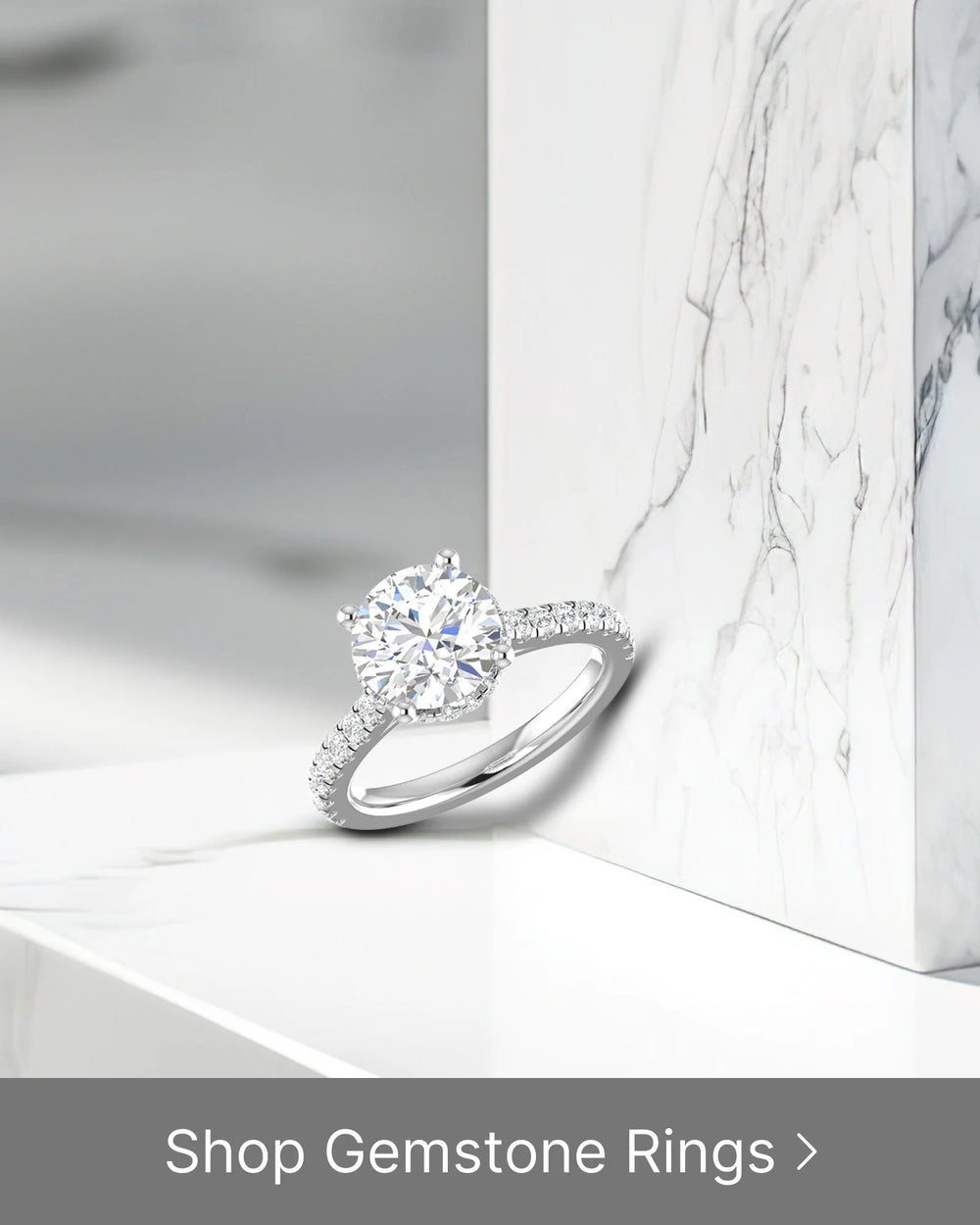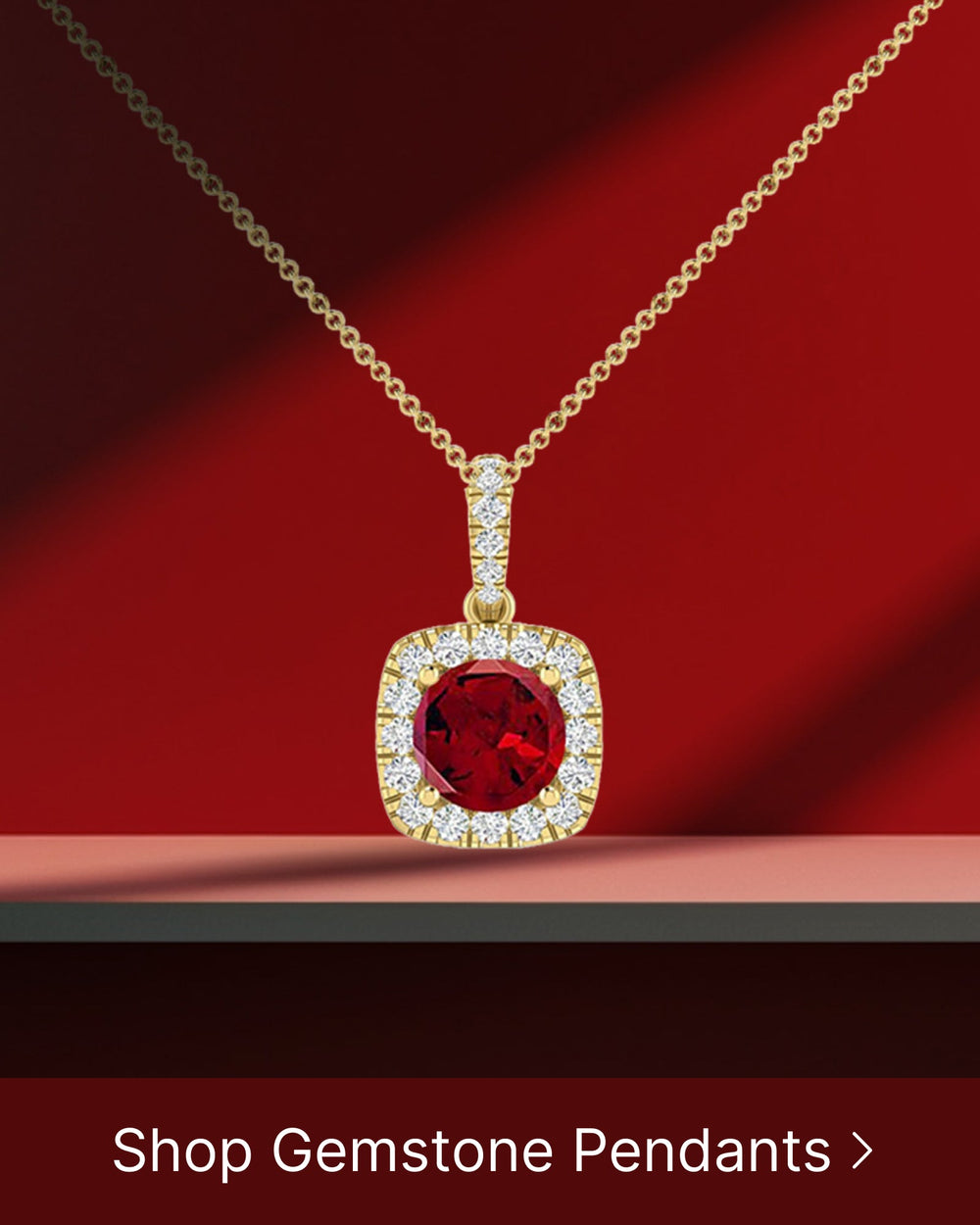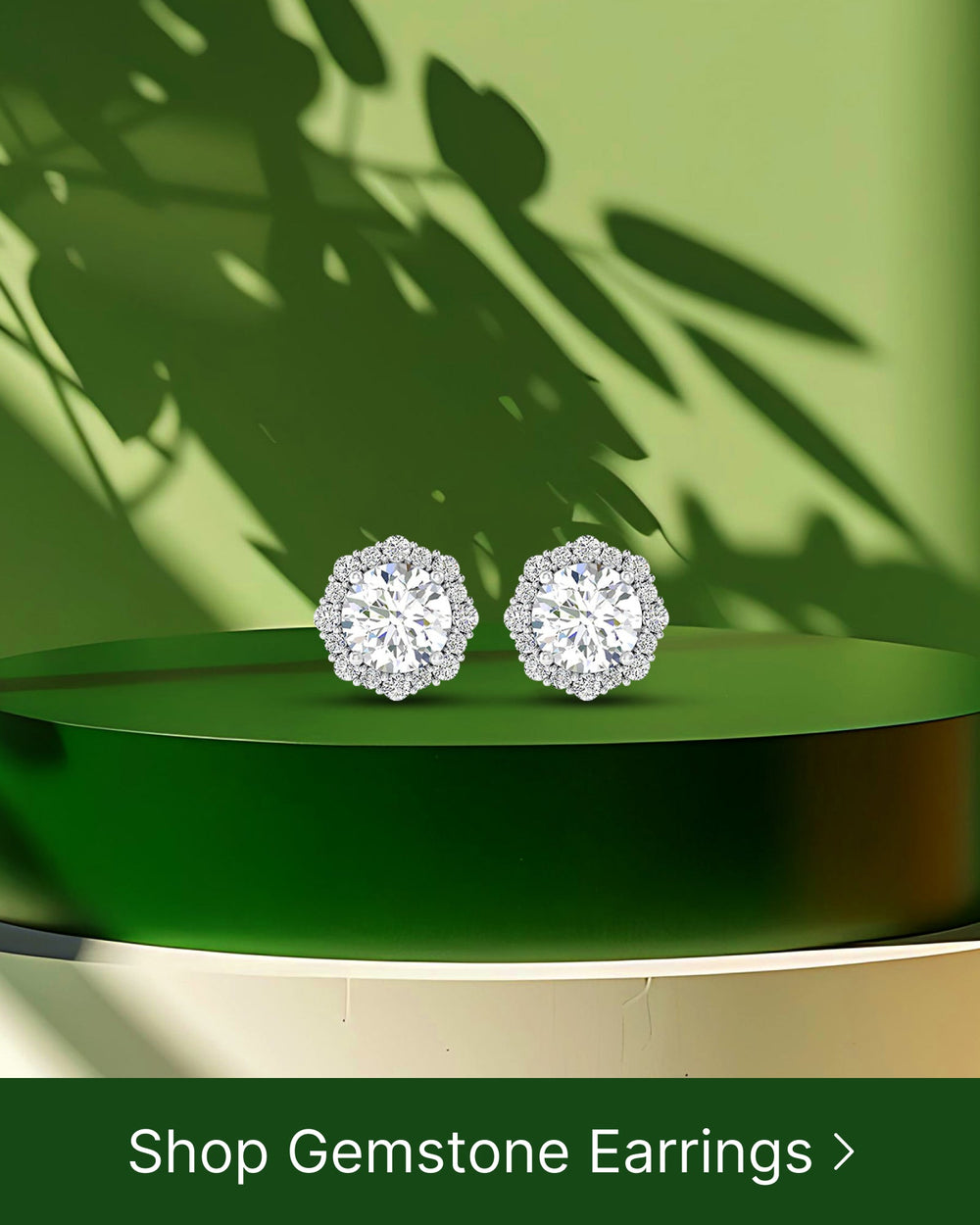Platinum patina is a fascinating phenomenon that occurs on platinum jewelry over time. Understanding its formation, aesthetic appeal, and durability can help jewelry enthusiasts appreciate this unique feature. In this comprehensive guide, we will explore platinum patina from all angles, providing you with a complete overview of this captivating process.
Understanding Platinum Patina
What is Platinum Patina?
Platinum patina refers to the thin layer that forms on the surface of platinum jewelry as a result of age, wear, and exposure to various environmental factors. This natural oxidation process gives platinum pieces a distinct, antique appearance.
When you hold a piece of platinum jewelry that has developed a patina, you can't help but feel a sense of history and character. The patina adds depth and complexity to the piece, telling a story of its journey through time.
Imagine a platinum necklace that has been passed down through generations, each wearer leaving their mark on the metal. The patina becomes a testament to the memories and experiences associated with the jewelry.
The Science Behind Platinum Patina
To truly appreciate platinum patina, it's essential to delve into the science behind it. When platinum interacts with oxygen in the presence of moisture, a chemical reaction takes place, resulting in the formation of platinum oxide. This oxide layer contributes to the unique color and texture of platinum patina.
Platinum, known for its exceptional durability and resistance to tarnish, undergoes a fascinating transformation when exposed to the elements. The platinum oxide layer that forms on the surface acts as a protective barrier, shielding the metal from further corrosion.
As time goes by, the patina on platinum jewelry continues to evolve, developing a rich and lustrous appearance. The subtle changes in color and texture give the piece a sense of depth, making it even more captivating to the eye.
Interestingly, the rate at which platinum develops a patina can vary depending on factors such as the wearer's body chemistry, the climate, and the frequency of use. This means that each piece of platinum jewelry will develop its own unique patina, making it truly one-of-a-kind.
It's important to note that while some people may prefer the pristine shine of newly polished platinum, others embrace the allure of patina. The choice between a polished or patinated look ultimately comes down to personal preference and the story you want your jewelry to tell.
The Formation Process of Platinum Patina
Platinum patina, a unique and captivating phenomenon, is formed through a fascinating process influenced by various factors. Understanding these factors can shed light on the intricate development of this natural transformation.
Factors Influencing Patina Formation
Several factors come into play when it comes to the formation of platinum patina. One crucial factor is exposure to the atmosphere and its various components. Oxygen, humidity, and sulfur-containing compounds are known to accelerate patina formation.
When platinum jewelry is exposed to the air, a chemical reaction occurs between the metal and oxygen. This reaction, known as oxidation, gradually transforms the surface of the platinum, giving rise to the exquisite patina. The presence of humidity further enhances this process, as moisture aids in the chemical reactions that contribute to patina formation.
In addition to atmospheric factors, the wearer's body chemistry also plays a significant role in the development of patina. Each individual has a unique body chemistry, including their sweat composition and acidity. These factors can influence the rate at which patina develops on platinum jewelry.
For example, individuals with higher levels of acidity in their sweat may experience a faster patina formation compared to those with lower acidity levels. The chemical composition of sweat can interact with the platinum, accelerating the oxidation process and resulting in a more pronounced patina.
Timeframe for Patina Development
Patina formation is a gradual process that occurs over time. The exact timeframe varies depending on the aforementioned factors. Some individuals may notice a subtle patina developing after several months, while others might need several years to observe a noticeable transformation.
It is important to note that this natural patina development should not be confused with signs of wear or tarnish. Genuine platinum patina adds character and depth to your jewelry, enhancing its beauty and value.
As time goes by, the patina on platinum jewelry continues to evolve, creating a unique and individualized appearance. This ongoing transformation is a testament to the enduring nature of platinum, as it gracefully ages and develops its own story.
Furthermore, the patina on platinum jewelry can be influenced by external factors such as exposure to sunlight and contact with other materials. Sunlight can intensify the oxidation process, leading to a more pronounced patina. Similarly, interactions with certain substances, such as perfumes or lotions, can also affect the development of patina on platinum.
Embracing the natural evolution of platinum patina is a celebration of its inherent beauty and the journey it undertakes with its wearer. Each patina tells a unique story, reflecting the experiences and memories associated with the jewelry.
The Aesthetic Appeal of Platinum Patina
How Platinum Patina Enhances Jewelry
Platinum patina can transform a piece of jewelry, adding a sense of depth and antiquity. The unique coloration and texture of patina create a visually striking contrast against the brightness of platinum.
Imagine a beautifully crafted necklace, adorned with intricate details and shimmering gemstones. Now, picture that same necklace with a touch of platinum patina. Suddenly, the piece takes on a whole new dimension. The patina adds an air of mystery and allure, as if it has been passed down through generations, carrying with it stories of love and adventure.
But it's not just necklaces that benefit from platinum patina. Engagement rings, symbolizing the eternal bond between two souls, can be transformed into heirlooms with the addition of this unique finish. The patina adds character and history to the ring, making it more than just a piece of jewelry, but a symbol of everlasting love and commitment.
Even a simple pair of earrings can be elevated to new heights with platinum patina. The soft, weathered look of the patina creates a captivating contrast against the sleekness of the platinum. It's a subtle detail that catches the eye and makes the earrings truly unforgettable.
The Unique Characteristics of Platinum Patina
Unlike other surface treatments or finishes, platinum patina showcases the natural beauty and strength of the metal. Its distinct appearance sets it apart from other precious metals, making it a popular choice for those seeking something truly timeless and distinctive.
When you think of precious metals, gold and silver may come to mind. While they certainly have their own allure, platinum patina offers something different. It's like a hidden gem, waiting to be discovered. The patina adds a touch of sophistication and elegance to any piece of jewelry, making it a favorite among those with discerning taste.
But what makes platinum patina truly special is its ability to evolve over time. As the patina deepens and takes on a richer hue, it becomes a reflection of the wearer's personal journey with the jewelry. Each scratch, each imperfection tells a story, making the piece truly unique and sentimental.
Imagine passing down a platinum patina necklace to future generations. As they wear it, the patina will continue to evolve, carrying with it the memories and experiences of those who came before. It becomes a symbol of family history and tradition, a cherished heirloom that connects the past with the present.
So, whether you're looking to add a touch of antiquity to your jewelry collection or create a meaningful symbol of love and commitment, platinum patina is the perfect choice. Its aesthetic appeal and unique characteristics make it a timeless and distinctive option that will continue to captivate for generations to come.
Caring for Platinum Patina Jewelry
Cleaning and Maintenance Tips
Although platinum patina adds an alluring charm to jewelry, regular cleaning and maintenance are essential to prevent the accumulation of dirt and grime. To clean your platinum patina jewelry, gently brush it with a soft toothbrush and mild soapy water.
Avoid using harsh chemicals or abrasive materials that can potentially damage the patina layer. If necessary, consult a professional jeweler who specializes in platinum to ensure proper care and maintenance.
When to Seek Professional Care
If your platinum patina jewelry requires a more thorough cleaning or restoration, it is advisable to seek professional care. Expert jewelers have the necessary tools and expertise to rejuvenate the patina surface without compromising its integrity.
Moreover, periodic inspections by a professional can help identify any potential damage or issues early on, allowing for timely repairs and preserving the beauty of your jewelry for years to come.
The Durability of Platinum Patina
How Platinum Patina Withstands Time
One of the most remarkable qualities of platinum patina is its remarkable durability. Unlike other surface treatments that may fade or wear off, platinum patina remains stable and resists daily wear and tear.
This is due to platinum's exceptional hardness and resistance to corrosion, making it the perfect metal for long-lasting heirloom pieces that can be passed down through generations.
Impact of Wear and Tear on Platinum Patina
While platinum patina is resilient, continuous exposure to harsh chemicals, excessive friction, or rough handling can affect its appearance over time. Avoid wearing platinum patina jewelry while engaging in activities that may cause excessive abrasion or damage.
If any scratches or blemishes occur, a professional jeweler can restore the surface and revive the patina to its former glory.
In conclusion, platinum patina is a captivating feature that adds character and sophistication to platinum jewelry. Understanding its formation process, aesthetic appeal, and durability allows us to fully appreciate the beauty and uniqueness of this remarkable phenomenon. With proper care and maintenance, you can ensure that your platinum patina jewelry retains its allure for years to come. So embrace the journey of your platinum jewelry and let the patina tell its story.





